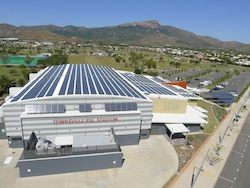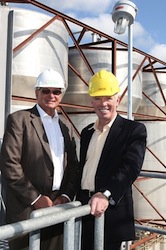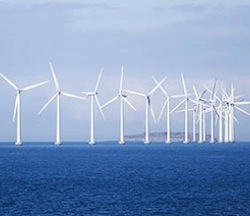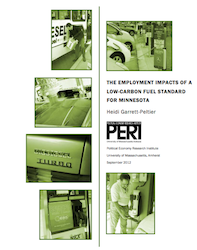The Townsville RSL Stadium in North Queensland, Australia is now the site of the largest photovoltaic (PV) installation. The solar modules for the 500 megawatt hours system were supplied by Kyocera Solar. With the completion of the renewable energy project, featuring 1,800 solar modules, nearly two-thirds of the stadium’s energy needs will be met by solar energy. Ergon Energy installed the solar system and it is estimated to generate nearly 1,400 kilowatt hours each day, enough to fulfill the energy needs of 75 average sized North Queensland homes.
 Federal Parliamentary Secretary for Climate Change and Energy Efficiency, Mark Dreyfus, opened the Townsville RSL Stadium solar array. “These measures make the most of Australia’s natural resources and help us make the gradual shift to a modern, clean energy economy,” he said during his remarks.
Federal Parliamentary Secretary for Climate Change and Energy Efficiency, Mark Dreyfus, opened the Townsville RSL Stadium solar array. “These measures make the most of Australia’s natural resources and help us make the gradual shift to a modern, clean energy economy,” he said during his remarks.
The solar-powered stadium is a key component of the federally funded Townsville Solar City Program, which is already responsible for installing more than 1MW of solar energy in the city. The goal of the program is to help achieve objectives to better manage rising electricity demand in Northern Queensland using environment-friendly resources.
“Kyocera is proud to support Ergon, the leader of the Townsville Solar City Program, to help create renewable solar energy that will power the North Queensland region for decades to come,” added Steve Hill, president of Kyocera Solar, Inc. “Citizens attending basketball games and other events at Townsville RSL Stadium may enjoy themselves even more knowing that the stadium’s commitment to environmentally friendly renewable energy helps to protect Australia’s natural beauty.”









